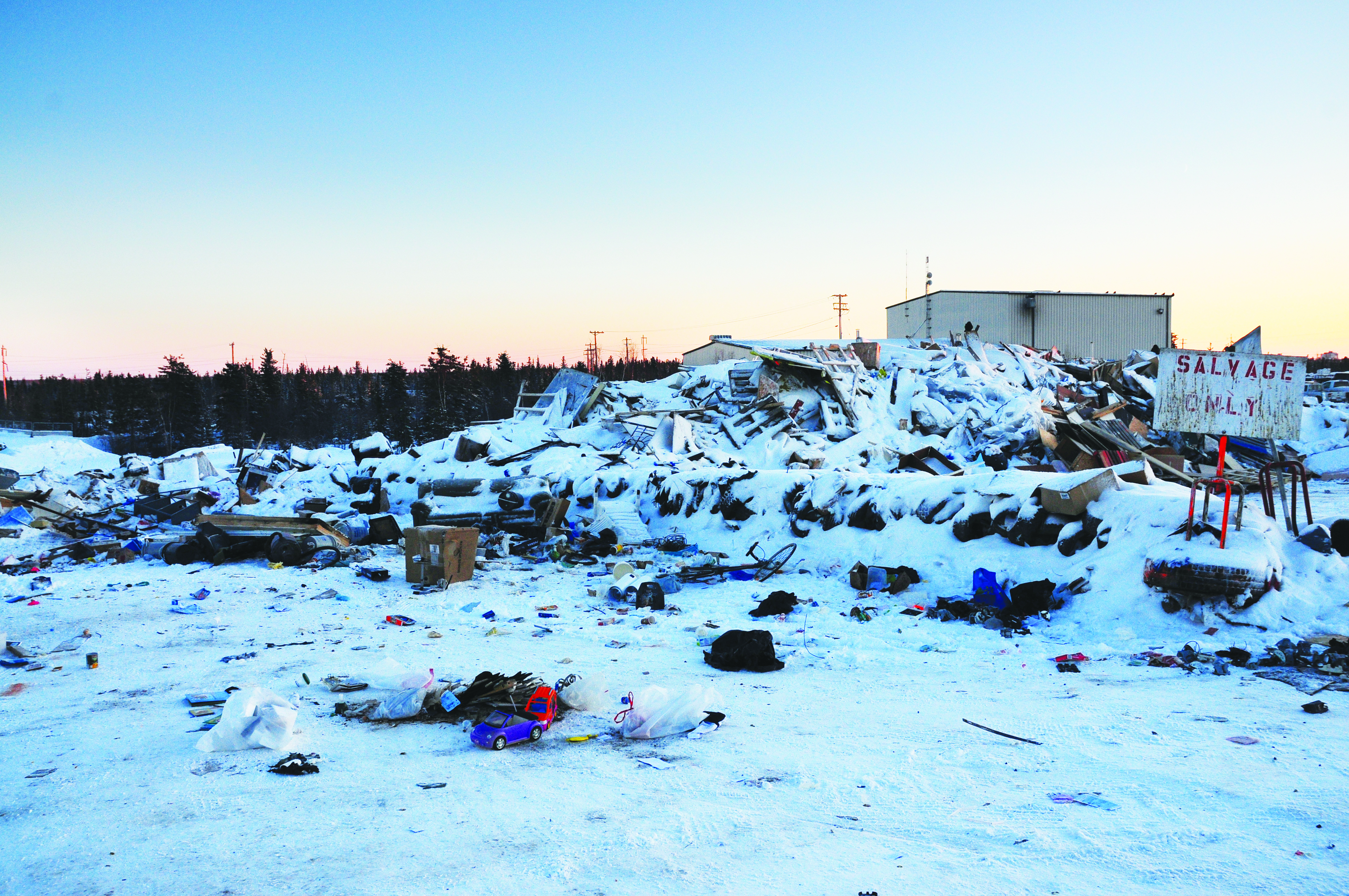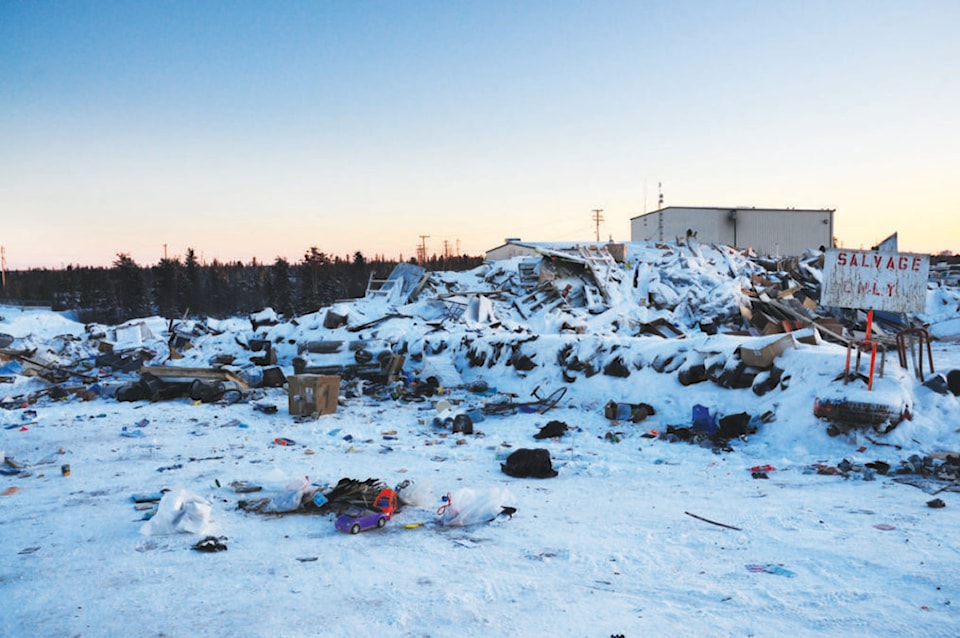Last week the documentary Salvage was shown.
It deals with our city dump. After the film, there was a question and answer period and I was one of the people answering questions. One of the questions directed my way was "why do so many geologists go to and care about the dump?"
That is a very good question and it is one I am still thinking about. So today I thought I would talk a little about the geology of the dump, because, believe it or not, our dump and in fact all dumps in the last hundred or so years are human-made, sedimentary deposits, with some characteristic features.
They have a very high organic content. Food scraps, food throw outs, paper, cardboard, wood, cloth. Lots of organics in the dump.
The dump also contains a lot of hydrocarbons and things made from them. Things like plastic, synthetic clothes, rugs, curtains, plastic furniture, appliances and even vehicles today, have a lot of plastic in them.
Dumps also have a high mineral content. Gold, silver, lead, iron, copper, zinc, mercury and even the occasional diamond. Humans use several hundred minerals in their daily lives, even if they don't realize it, and they all end up in the dump. If you were to test it, you would discover that dumps could actually be considered ore bodies and someday will be mined. As a prospector, believe me, there are a lot of mineral finds to be made at the dump.

The Yellowknife solid waste mangement facility / city landfill / dump in winter
So, we have a human created sedimentary geological formation loaded with organics, minerals and oil products. That is one big resource, but we just don't seem to be tapping into. Now, before you get too excited about the potential of the dump, there is another side to this geological formation.
It is also full of a lot of nasty chemicals that slowly pollute the air, the land and, of course, the water. It happens over time, but it happens to every dump, new and old, in the world. Insecticides, pesticides, poisons, battery acid, pharmaceuticals, cleaning products, human and animal wastes. A whole lot of nasty, dangerous and hazardous stuff ends up in dumps and it slowly seeps, vents or blows into the surrounding area.
So, we have some good resources in the dump, but we mix the resources up with a lot of contaminants which are difficult and costly to deal with. However, since the dumps are polluting the air, land and water, someday we must. Yellowknife is the capital of the NWT and has the largest population. Close to half the population of the NWT lives here. So, Yellowknife, everyday, is creating the largest hazardous waste dump in the territory.
As you can see, when you think of the dump or see it in geological terms, it becomes a whole other beast entirely. It is a little presumptuous and ironic that it is called a solid waste management facility. Parts of it aren't all that solid, and is burying garbage management?
Talking about irony, consider this: people will march and protest pipelines, mines or any development that might create jobs and economic development, but they completely ignore the garbage dumps, sewage and litter which they are contributing to daily. Also, as a prospector out looking for new mines to satisfy the countries needs and create an economy for the North, it is discouraging to see all those products simply thrown away into the country's dumps.
You would have fewer mines, oil fields and clear cuts if we stopped throwing everything away.
Personally, I think that is one of the reasons I go to the dump. I see it, at least in part, as a human made geological formation, that is interesting to explore. Also, as a prospector I am trained to see the economic value in geological formations and the dump has a lot of value in it.
The city doesn't seem to realize or appreciate this, but salvaging captures some of it.
